Allen, J.A. (Joel Asaph). 1922 - 1925. “Carnivora Collected by the American Museum Congo Expedition.” Bulletin American Museum of Natural History, Vol. XLVII (1922 - 1925): 73 – 281.
- Available via Internet Archive at: https://archive.org/stream/bulletinamerican47ameruoft#page/73/mode/1up
Anděra, Miloš.1999. České názvy živočichů II. Savci (Mammalia). Prague: Národní muzeum, (zoologické odd.).
Angelici, F. M. and Luiselli, L. 2005. Habitat associations and dietary relationships between two genets, Genetta maculata and Genetta cristata. Revue d'Écologie (La Terre et la Vie) 60: 341-354.
Arnold, Michael L. 2008. Reticulate Evolution and Humans: Origins and Ecology. Oxford University Press.
Bisby, F.A.; Roskov, Y.R.; Orrell, T.M.; Nicolson, D.; Paglinawan, L.E.; Bailly, N.; Kirk, P.M.; Bourgoin, T.; Baillargeon, G.; Ouvrard, D. (red.). 2011. “Genetta maculata (Gray, 1830).” Species 2000 & ITIS Catalogue of Life: 2011 Annual Checklist. Reading, UK. Retrieved May 28, 2014.
- Available at: http://www.catalogueoflife.org/col/details/species/id/6902625
Bocage, J.V. (José Vicente) Barboza du. 1877. Ornithologie d'Angola. Ouvrage publié sous les auspices du Ministere de la Marine et des Colonies. Lisbonne: Imprimerie Nationale.
- Available via Internet Archive at: https://archive.org/stream/ornithologiedang00barb#page/n8/mode/1up
Boelens, Bo; Watkins, Michael; and Grayson, Michael. 2009. The Eponym Dictionary of Mammals. Johns Hopkins University.
Boschi, Giovanni. 1863 - 1879. Atlante Zoologico Popolare. Naples: Raimondo Petroroja.
Boudet, Ch. 10 January 2009. "Species Sheet: Forest Genet, Panther Genet, North African Large-Spotted Genet." Mammals' Planet: Vs n°4, 04/2010. Retrieved May 28, 2014.
- Available at: http://www.planet-mammiferes.org/drupal/en/node/38?indice=Genetta+maculata
Boudet, Ch. 10 January 2009. "Subspecies Sheet [Genetta maculata aequatorialis]." Mammals' Planet: Vs n°4, 04/2010. Retrieved May 28, 2014.
- Available at: http://www.planet-mammiferes.org/drupal/en/node/39?indice=Genetta+maculata+aequatorialis
Boudet, Ch. 10 January 2009. "Subspecies Sheet [Genetta maculata albiventris]." Mammals' Planet: Vs n°4, 04/2010. Retrieved May 28, 2014.
- Available at: http://www.planet-mammiferes.org/drupal/en/node/39?indice=Genetta+maculata+albiventris
Boudet, Ch. 10 January 2009. "Subspecies Sheet [Genetta maculata deorum]." Mammals' Planet: Vs n°4, 04/2010. Retrieved May 28, 2014.
- Available at: http://www.planet-mammiferes.org/drupal/en/node/39?indice=Genetta+maculata+deorum
Boudet, Ch. 10 January 2009. "Subspecies Sheet [Genetta maculata erlangeri]." Mammals' Planet: Vs n°4, 04/2010. Retrieved May 28, 2014.
- Available at: http://www.planet-mammiferes.org/drupal/en/node/39?indice=Genetta+maculata+erlangeri
Boudet, Ch. 10 January 2009. "Subspecies Sheet [Genetta maculata fieldiana]." Mammals' Planet: Vs n°4, 04/2010. Retrieved May 28, 2014.
- Available at: http://www.planet-mammiferes.org/drupal/en/node/39?indice=Genetta+maculata+fieldiana
Boudet, Ch. 10 January 2009. "Subspecies Sheet [Genetta maculata gleimi]." Mammals' Planet: Vs n°4, 04/2010. Retrieved May 28, 2014.
- Available at: http://www.planet-mammiferes.org/drupal/en/node/39?indice=Genetta+maculata+gleimi
Boudet, Ch. 10 January 2009. "Subspecies Sheet [Genetta maculata insularis]." Mammals' Planet: Vs n°4, 04/2010. Retrieved May 28, 2014.
- Available at: http://www.planet-mammiferes.org/drupal/en/node/39?indice=Genetta+maculata+insularis
Boudet, Ch. 10 January 2009. "Subspecies Sheet [Genetta maculata letabae]." Mammals' Planet: Vs n°4, 04/2010. Retrieved May 28, 2014.
- Available at: http://www.planet-mammiferes.org/drupal/en/node/39?indice=Genetta+maculata+letabae
Boudet, Ch. 10 January 2009. "Subspecies Sheet [Genetta maculata maculata]." Mammals' Planet: Vs n°4, 04/2010. Retrieved May 28, 2014.
- Available at: http://www.planet-mammiferes.org/drupal/en/node/39?indice=Genetta+maculata+maculata
Boudet, Ch. 10 January 2009. "Subspecies Sheet [Genetta maculata matschiei]." Mammals' Planet: Vs n°4, 04/2010. Retrieved May 28, 2014.
- Available at: http://www.planet-mammiferes.org/drupal/en/node/39?indice=Genetta+maculata+matschiei
Boudet, Ch. 10 January 2009. "Subspecies Sheet [Genetta maculata pumila]." Mammals' Planet: Vs n°4, 04/2010. Retrieved May 28, 2014.
- Available at: http://www.planet-mammiferes.org/drupal/en/node/39?indice=Genetta+maculata+pumila
Boudet, Ch. 10 January 2009. "Subspecies Sheet: Schouteden's Genet." Mammals' Planet: Vs n°4, 04/2010. Retrieved May 28, 2014.
- Available at: http://www.planet-mammiferes.org/drupal/en/node/39?indice=Genetta+maculata+schoutedeni
Boudet, Ch. 10 January 2009. "Subspecies Sheet: Schrader's Genet." Mammals' Planet: Vs n°4, 04/2010. Retrieved May 28, 2014.
- Available at: http://www.planet-mammiferes.org/drupal/en/node/39?indice=Genetta+maculata+schraderi
Boudet, Ch. 10 January 2009. "Subspecies Sheet [Genetta maculata soror]." Mammals' Planet: Vs n°4, 04/2010. Retrieved May 28, 2014.
- Available at: http://www.planet-mammiferes.org/drupal/en/node/39?indice=Genetta+maculata+soror
Boudet, Ch. 10 January 2009. "Subspecies Sheet: Stuhlmann's Genet, Bukoba Bush Genet." Mammals' Planet: Vs n°4, 04/2010. Retrieved May 28, 2014.
- Available at: http://www.planet-mammiferes.org/drupal/en/node/39?indice=Genetta+maculata+stuhlmanni
Boudet, Ch. 10 January 2009. "Subspecies Sheet: Suaheli Large-spotted Genet, Swahili Bush Genet." Mammals' Planet: Vs n°4, 04/2010. Retrieved May 28, 2014.
- Available at: http://www.planet-mammiferes.org/drupal/en/node/39?indice=Genetta+maculata+suahelica
Boudet, Ch. 10 January 2009. "Subspecies Sheet: Zambezi Genet." Mammals' Planet: Vs n°4, 04/2010. Retrieved May 28, 2014.
- Available at: http://www.planet-mammiferes.org/drupal/en/node/39?indice=Genetta+maculata+zambesiana
Boudet, Ch. 10 January 2009. "Subspecies Sheet [Genetta maculata zuluensis]." Mammals' Planet: Vs n°4, 04/2010. Retrieved May 28, 2014.
- Available at: http://www.planet-mammiferes.org/drupal/en/node/39?indice=Genetta+maculata+zuluensis
Cassell's Universal Portrait Gallery: A Collection of Portraits of Celebrities, English and Foreign. With Facsimile Autographs. 1895. London, Paris & Melbourne: Cassell and Company, Limited.
- Available via Internet Archive at: https://archive.org/details/cassellsuniversa00londiala
Coetzee, C.G. 22 August 1977. “Order Carnivora.” Pp. 1-42 in 1971-1977. The Mammals of Africa: An Identification Manual. Part 8 edited by J. Meester and H.W. Setzer. Washington, D.C.: Smithsonian Institution Press.
Corson, Docteur P.-J. October 2005. Les grands prédateurs d’Afrique: biologie, éthnologie et chasse. Brussels, Belgium: Éditions du Gerfaut.
Crawford-Cabral, J. 1981. “A New Classification of the Genets.” African Small Mammal Newsletter 6:8-10.
Crawford-Cabral, João. 1980. "The Classification of the Genets (Carnivora, Viverridae, genus Genetta)." Boletim da Sociedade Portuguesa de Ciências Naturais 20:97-114.
Crawford-Cabral, João; and Fernandes, Carlos Alberto. 2001. “The Rusty-spotted Genets as a Group with Three Species in Southern Africa (Carnivora: Viverridae).” Pp. 65-80 in African Small Mammals = Petits mammifères africains edited by Laurent Granjon and Alain Poulet. Paris: Institut de Recherche pour le Développement (IRD Colloques et Séminaires), Symposium International sur les Petits Mammifères Africains 1999/07/05-09.
- Available via Horizon pleins textes at: http://horizon.documentation.ird.fr/exl-doc/pleins_textes/divers09-03/010028449.pdf
de Pousarges, E. (Eugène). 1896. "Étude sur les mammifères du Congo français." Annales des Sciences Naturelles, Zoologie et Paléontologie; comprenant l'Anatomie, la Physiologie, la Classification et l'histoire Naturelle des Animaux, (série 8, tome troisième): 129-416.
- Available via Biodiversity Heritage Library at: http://biodiversitylibrary.org/page/35662106
- Available via Internet Archive at: http://archive.org/stream/udesurlesmammifs00pous#page/n6/mode/1up
Driver, Stephanie (ed.). 2008. Exploring Mammals, Volume 3. Tarrytown, NY: Marshall Cavendish Corporation.
Duff, Andrew; and Lawson, Ann. 2004. Mammals of the World: A Checklist. Yale University Press.
Ewer, R.F. 1998. The Carnivores. Cornell University Press: Cornell Paperbacks.
Gaubert, Philippe; and Dufour, Sylvain. July 2013. “First Report of a Chinchilla Phenotype in Viverridae (Carnivora).” Small Carnivore Conservation 48:92-95. Retrieved May 28, 2014.
- Available at: http://www.smallcarnivoreconservation.org/home/wp-content/uploads/2013/08/SCC-48-11-Gaubert-Dufour.pdf
Gaubert, P.; Chalubert, A.; and Dubus, G. 2008. “An Interactive Identification Key for Genets and Oyans (Carnivora, Viverridae, Genettinae, Genetta spp. and Poiana spp.) Using Xper2.” Zootaxa 1717:39-50.
Gaubert, P.; Dunham, A.; and Hoffmann, M. 2008. "Genetta maculata." In: IUCN 2013. International Union for Conservation of Nature and Natural Resources Red List of Threatened Species. Version 2013.2. Retrieved May 28, 2014.
- Available at: http://www.iucnredlist.org/details/full/41699/0
Gaubert, P.; Fernandes, C. A.; Bruford, M. W.; and Veron, G. 2004. "Genets (Carnivora, Viverridae) in Africa: An Evolutionary Synthesis Based on Cytochrome b Sequences and Morphological Characters." Biological Journal of the Linnean Society 81:589-610.
Gaubert, P.; Papeş, M.; Peterson, A.T. June 2006. "Natural History Collections and the Conservation of Poorly Known Taxa: Ecological Niche Modeling in Central African Rainforest Genets (Genetta spp.)." Biological Conservation 130(1):106–117.
Gaubert, P.; Taylor, P.J.; and Veron, G. 2005. “Integrative Taxonomy and Phylogenetic Systematics of the Genets (Carnivora, Viverridae, Genetta): A New Classification of the Most Speciose Carnivoran Genus in Africa.” Pp. 371-384 in African Biodiversity: Molecules, Organisms, Ecosystems edited by Bernard A. Huber, Bradley J. Sinclair, and Karl-Heinz Lampe. NY: Springer Science + Business Media, Inc.
Gaubert, Philippe; Weltz, Marjorie; and Chalubert, Antoine. 14 January 2008. “Genetta maculata." Genets and Oyans. Paris: Université Pierre et Marie Curie. Retrieved May 28, 2014.
- Available at: http://lis-upmc.snv.jussieu.fr/genettes/web/fiches_en/taxa/genetta_maculata.html
"Genet." AWF: What We Do > Wildlife Conservation > Genet. African Wildlife Foundation. Retrieved May 28, 2014.
- Available at: http://www.awf.org/wildlife-conservation/genet
“Genetta maculata.” The Marine Biological Universal Biological Indexer and Organizer. Retrieved May 28, 2014.
- Available at: http://www.ubio.org/browser/details.php?namebankID=2478471
- Available at: http://www.ubio.org/browser/details.php?namebankID=105803
“Genetta maculata.” The National Center for Biotechnology Information: Taxonomy ID205595. Retrieved May 28, 2014.
- Available at: http://www.ncbi.nlm.nih.gov/Taxonomy/Browser/wwwtax.cgi
"Genetta maculata (Central African Large-spotted Genet)." ZipcodeZoo: Species Identifier 128449. Retrieved May 28, 2014.
- Available at: http://zipcodezoo.com/animals/g/genetta_maculata/
“Genetta maculata (Gray, 1830).” ITIS Report: Taxonomic Serial Number 621993. Integrated Taxonomic Information System. Retrieved May 28, 2014.
- Available at: http://www.itis.gov/servlet/SingleRpt/SingleRpt?search_topic=TSN&search_value=621993
“Genetta maculata: Rusty-spotted Genet.” Encyclopedia of Life. Retrieved May 28, 2014.
- Available at: http://eol.org/pages/328097/details
Gervais, Paul. 1855. Histoire naturelle des Mammifères: Carnivores, Proboscidiens, Jumentés, Bisulques, Édentés, Marsupiaux, Monotrèmes, Phoques, Sirénides et Cétacés. Paris: L. Curmer.
Gittleman, John L.; Funk, Stephan M.; Macdonald, David; and Wayne, Robert K. (eds.). 2001. Carnivore Conservation. Cambridge University Press: Conservation Biology 5.
The Global Biodiversity Information Facility. 2014. "Genetta maculata (Gray 1830)." GBIF Backbone Taxonomy: GBIF 5219355. Retrieved May 28, 2014.
- Available at: http://www.gbif.org/species/5219355
Gray, J. E. 1828-1830 [-1924]. Spicilegia zoological; or Original Figures and Short Systematic
Descriptions of New and Unfigured Animals. London, 1:1-8[1828]; 2:9-12[1830]; 3:1-13[1924].
Hayssen, Virginia; Van Tienhoven, Ari; and Van Tienoven, Ans. Asdell’s Patterns of Mammalian Reproduction: A Compendium of Species-Specific Data. Cornell University, 1993.
Hunter, Luke; and Barrett, Priscilla. 2011. A Field Guide to the Carnivores of the World. London, Cape Town, Sydney, Auckland: New Holland Publishers (UK) Ltd.
Jennings, A. P.; and Veron, J. 2009. "Family Viverridae (Civets, Genets, and Oyans)." In: Don E. Wilson and Russel Mittermeier (Hrsg.) Handbook of the Mammals of the World Volume 1: Carnivores. Lynx Edicions.
Jukofsky, Diane for the Rainforest Alliance. 2002. Encyclopedia of Rainforests. Westport, CT: Oryx Press.
Kingdon, Jonathon; Happold, David; Butynski, Thomas; Hoffmann, Michael; Happold, Meredith; and Jan Kalina (eds.). 2013. Mammals of Africa, Volume 5: Carnivores, Pangolins, Equids and Rhinoceroses, edited by Jonathan Kingdon and Michael Hoffmann. Bloomsbury Publishing.
Kondo, H.; Tesar, J.; Cloud, D.; Kagan, L. (eds.). 1972. Civets, Genets, and Linsangs, Volume 2, 3rd Edition. Milan: Fratelli Fabbri Editori.
Larivière, Serge. 2004. "Civets, Genets, and Linsangs." Pp. 335-339 in Grzimek's Animal Life Encyclopedia, Second Edition. Volume 14: Mammals III, edited by Michael Hutchins, Devra G. Kleiman, Valerius Geist, and Melissa C. McDade. Farmington Hills, MI: Gale Group, Inc., division of Thomson Learning Inc.
Myers, P.; Espinosa, R.; Parr, C.S.; Jones, T.; Hammond, G.S.; and Dewey, T.A. 2014. “Genetta maculata: Rusty-spotted Genet.” The Animal Diversity Web (online). University of Michigan Museum of Zoology. Retrieved May 28, 2014.
- Available at: http://animaldiversity.ummz.umich.edu/accounts/Genetta_maculata/classification/#Genetta_maculata
Nowak, Ronald M. 1999. Walker's Mammals of the World, Sixth Edition. Volume I. Baltimore: Johns Hopkins University Press.
“Panther Genet.” The Animal Files: Mammals > Carnivores. Retrieved May 28, 2014.
- Available at: http://www.theanimalfiles.com/mammals/carnivores/genet_panther.html
Rosevear, Donovan Reginald. 1974. The Carnivores of West Africa. London: Trustees of the British Museum (Natural History).
- Available via Biodiversity Heritage Library at: http://www.biodiversitylibrary.org/item/35416#page/7/mode/1up
Saint-Hilaire, Isidore Geoffroy. 1832. "G. panthérine G. pardina Is. Geoff." Magasin de Zoologie 2 (1832) Class 1: Plate 8.
- Available via Internet Archive at: http://www.biodiversitylibrary.org/item/114092#page/66/mode/1up
Saint-Hilaire, Isidore Geoffroy. 1832. Histoire générale et particulière des anomalies de l’organisation chez l’homme et les animaux. Paris: J.B. Baillière.
- Available via Internet Archive at: https://archive.org/details/Geoffroy-Saint-Hilaire1832xs96J-c
Thomas, Oldfield, and Harold Schwann. 1906. "The Rudd Exploration of South Africa -- V. List of Mammals Obtained by Mr. Grant in N.E. Transvaal." Proceedings of the Zoological Society of London (May 29, 1906): 575-591.
- Available via Internet Archive at: https://archive.org/stream/proceedingsofzoo19064631052zool#page/575/mode/1up
Veron, Geraldine. 2010. “Phylogeny of the Viverridae and ‘Viverrid-like’ Feliforms.” Pp. 64-90 in Carnivoran Evolution: New Views on Phylogeny, Form and Function edited by Anjali Goswami and Anthony Friscia. Cambridge University Press: Cambridge Studies in Morphology and Molecules.
Wilson, Don E.; and Cole, F. Russell. 2000. Common Names of Mammals of the World. Washington, D.C.: Smithsonian Institution Press.
Wilson, Don E.; and Reeder, DeeAnn M. (editors). 2005. Mammal Species of the World: A Taxonomic and Geographic Reference (3rd ed), Johns Hopkins University Press.
Wrobel, Murray (Editor). 2007. Elsevier's Dictionary of Mammals: Latin English German French Italian. Oxford, U.K.: Elsevier B.V.


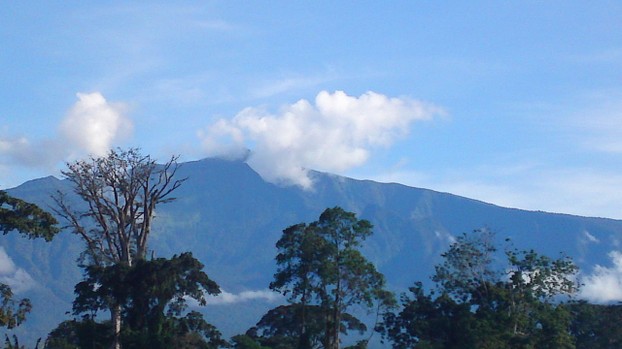
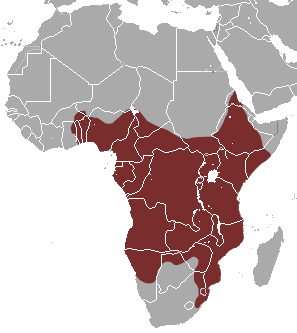
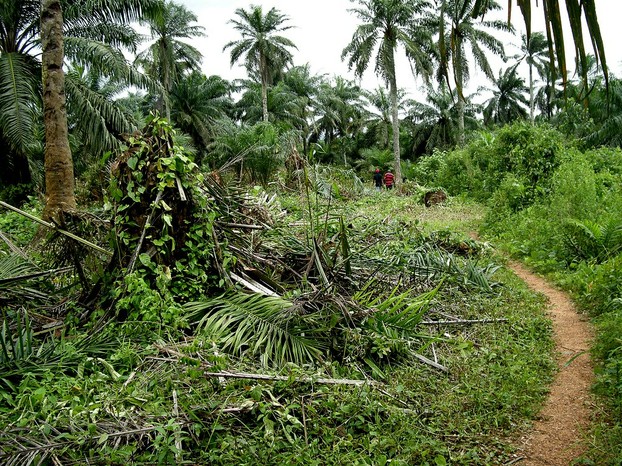
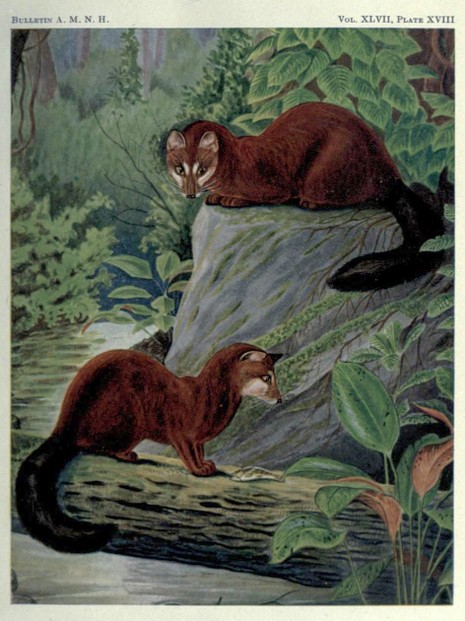
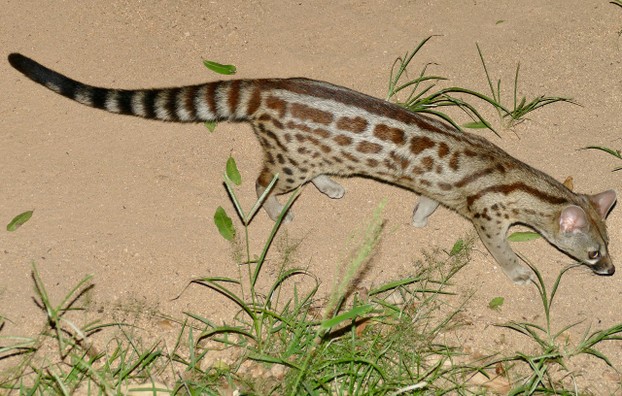
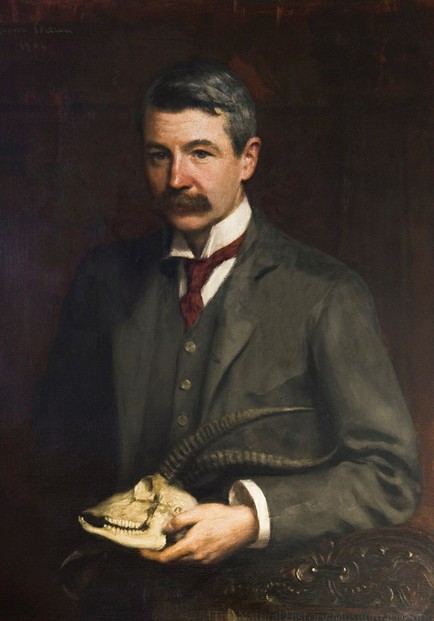
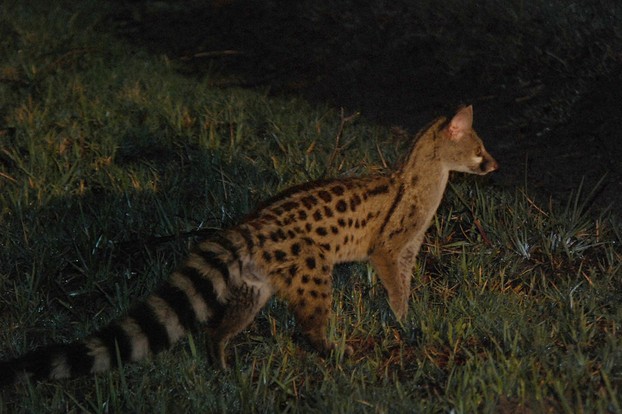
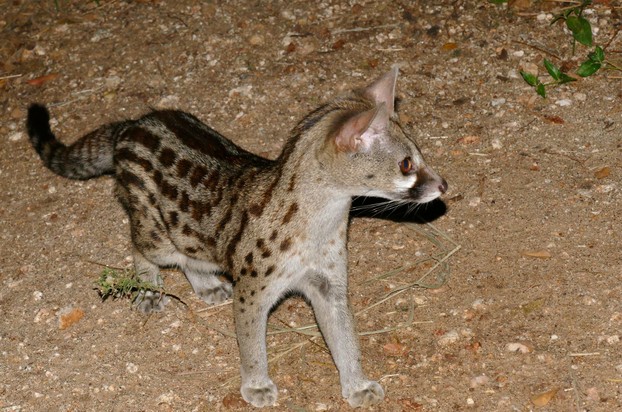
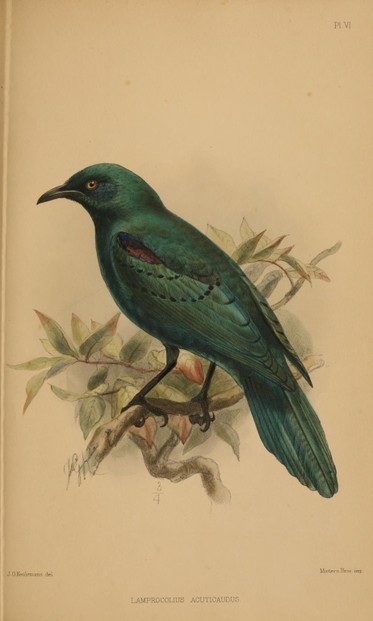
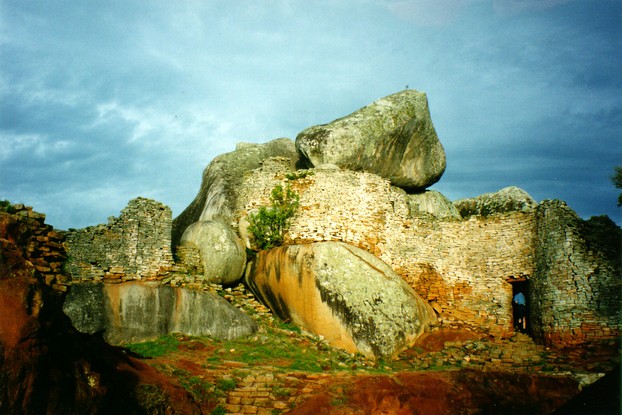




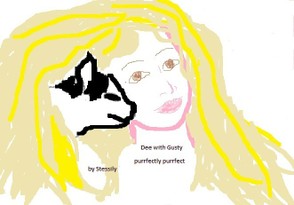
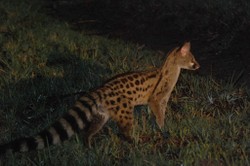

 Are Hawaiian Huakai Po Nightmarchers Avenging Halloween Thursday?on 10/02/2024
Are Hawaiian Huakai Po Nightmarchers Avenging Halloween Thursday?on 10/02/2024
 Mailing Addresses for 2023 Form 4868 Extending 1040 and 1040SR April 15, 2024, Due Dateon 04/15/2024
Mailing Addresses for 2023 Form 4868 Extending 1040 and 1040SR April 15, 2024, Due Dateon 04/15/2024
 Mailing Addresses for 2023 Forms 1040 and 1040SR Filed in 2024on 04/15/2024
Mailing Addresses for 2023 Forms 1040 and 1040SR Filed in 2024on 04/15/2024
 Mailing Addresses for 2022 Form 4868 Extending 1040 and 1040SR April 18, 2023, Due Dateon 04/13/2023
Mailing Addresses for 2022 Form 4868 Extending 1040 and 1040SR April 18, 2023, Due Dateon 04/13/2023

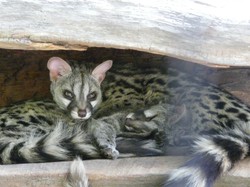
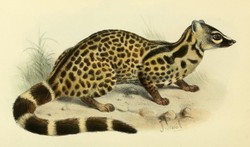
Comments
I'm ashamed of myself Derdriu, I now next to nothing about these lovely little animals, and heavens haven't you given me a lot to read about them! All fascinating - and I nearly bought a tee shirt (the green jungle eyes one) but I stopped myself just in tme! I work on a 'one in and one out' tee shirt system now and I don't have one I want to pop in the charity bag just now.
VioletteRose, Me, too, I think genets are quite spectacular.
These animals look really amazing, the spotted ones that resembles mini leopards look really spectacular!